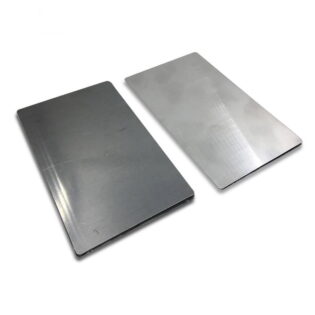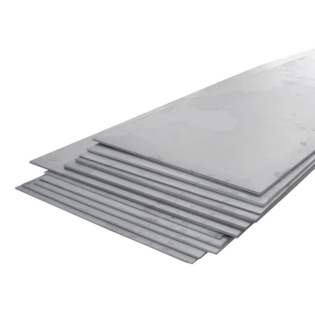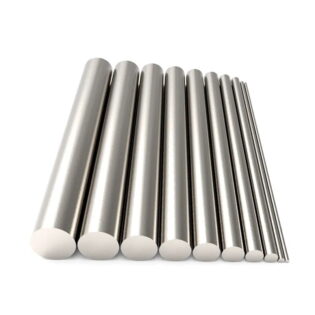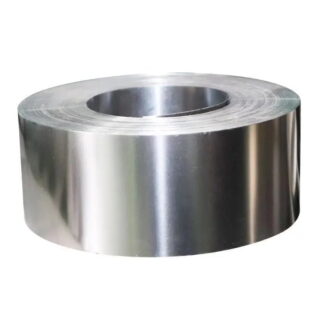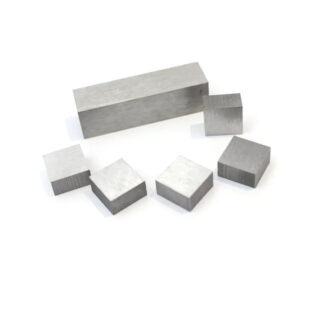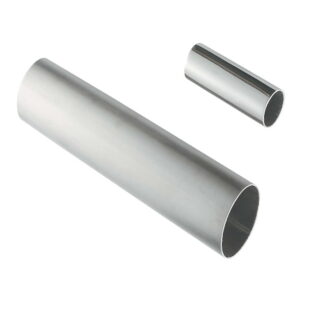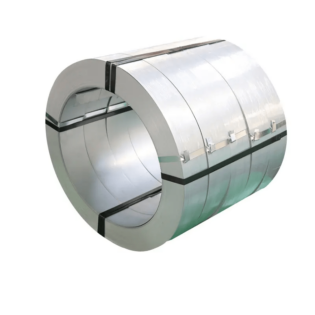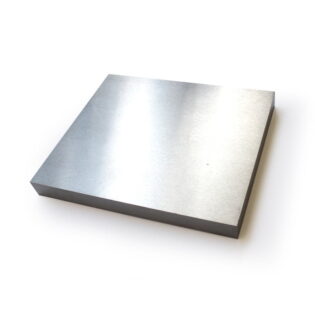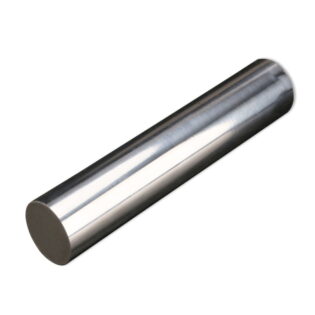316L Description
316L is a stainless steel material brand, AISI 316L is the corresponding American label, SUS 316L is the corresponding Japanese label. The unified digital code name of our country is S31603, the standard brand is 022Cr17Ni12Mo2 (new standard), and the old brand is 00Cr17Ni14Mo2. It mainly contains Cr, Ni and Mo, and the digits indicate the percentage which probably contains. The national standard is GB/T 20878-2007 (current version).
316L Features
1. Cold rolled products have good gloss and beautiful appearance;
2. Due to the addition of Mo, excellent corrosion resistance, especially pitting resistance;
3. Excellent high temperature strength
4. Excellent work hardening (weak magnetism after processing)
5. The solution state is non-magnetic;
6 compared with 304 stainless steel, the price is higher
316L Anti-corrosive quality
The 316L is widely used in the chemical industry due to its excellent corrosion resistance. The 316L is also a derived steel of austenitic stainless steel type 18-8, with 2 ~ 3% Mo element added. On the basis of 316L, many steel types are also derived. For example, 316Ti is derived after adding a small amount of Ti, 316N is derived after adding a small amount of N, and 317L is derived by increasing Ni and Mo content.
Most of the 316L on the market are manufactured according to the American standard. For cost considerations, steel mills generally put the Ni content of products as far as possible to rely on the lower limit. The American standard stipulates that the Ni content of 316L is 10 ~ 14%, and the Japanese standard stipulates that the Ni content of 316L is 12 ~ 15%. According to the minimum standard, there is a 2% difference in Ni content between the American standard and the Japanese standard, which is still quite huge in price. Therefore, customers still need to see whether the product refers to ASTM or JIS standard when purchasing 316L products.
With 316L Mo content, the steel has excellent corrosion resistance and can be safely used in the environment containing Cl- and other halogen ions. Because the main application of 316L is its chemical properties, the steel mill has slightly lower surface inspection requirements for 316L (relative to 304), and customers with higher surface requirements should strengthen the surface inspection.
316L Mechanical Properties
- Tensile strength σ B (MPa) : ≥480
- Conditional yield strength σ0.2 (MPa) : ≥177
- Elongation δ5 (%) : ≥40
- Section shrinkage ψ (%) : ≥60
- Hardness: 187 hb or less; 90 HRB or less; 200 hv or less
- Density: 7.98g/cm3;
- Specific heat capacity ratio (20℃) : 0.502J/(g*K)
| ||
100℃ | 300℃ | 500℃ |
15.1 | 18.4 | 20.9 |
Solution 1010 ~ 1150℃ quick cooling.
316L Microstructure
The microstructure is austenitic stainless steel.
Discriminate
The two most commonly used stainless steel 304, 316 (or corresponding to the German/European standard of 1.4308,1.4408), 316 and 304 in the chemical composition of the most important difference is that 316 contains Mo, and generally recognized, 316 corrosion resistance is better than 304 in high temperature environment more corrosion resistance. Therefore, in high temperature environment, engineers will generally use 316 material parts. But there is no absolute, in concentrated sulfuric acid environment, no matter how high the temperature is, do not use 316. Otherwise, it will be a big problem. Mechanical people have learned thread, remember in order to prevent the thread bite to death in the case of high temperature, need to smear a kind of black solid lubricant: molybdenum disulfide (MoS2), from which we can draw 2 conclusions: one: Mo is indeed a kind of high temperature resistant material (know what gold with crucible melting? Molybdenum crucible!) . Two: molybdenum is easy to react with high sulfur ions to produce sulfide. So no kind of stainless steel is super corrosion resistant. In the final analysis, stainless steel is a piece of impurities (but these impurities can be more corrosion resistant than steel) more steel, steel can react with other substances.


